China Canton fair product 10---500TPD rice bran oil making equipment
About us
We specialize in manufacturing oil making machine and equipment. With around 30 years experiences in this field, We have exported our equipments to many countries like Egypt, Chile, Argentina, Ethiopia, Zambia, Nigeria, Russia and Turkey etc.
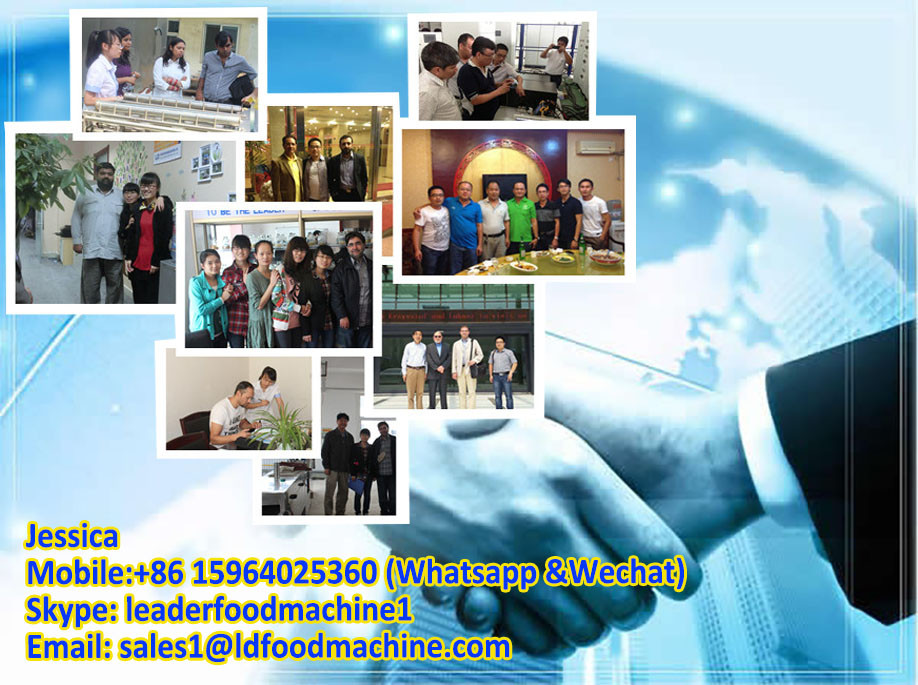
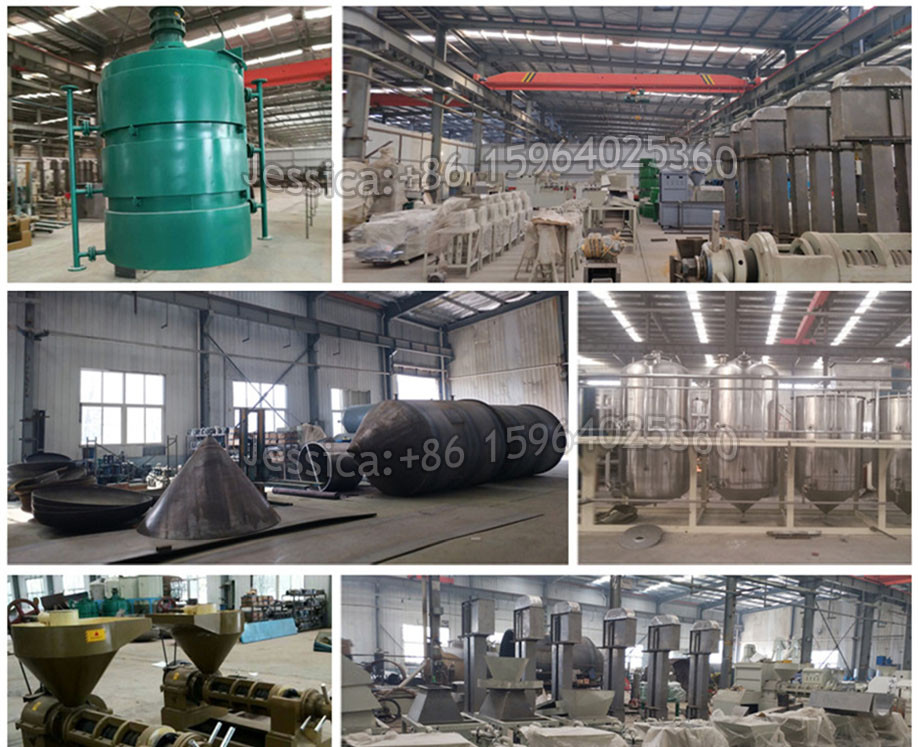
1.Rice bran pretreatment flow chart:
Rice bran→Floury Product Separation→Softening→ Extrusion Puffing →Cooling

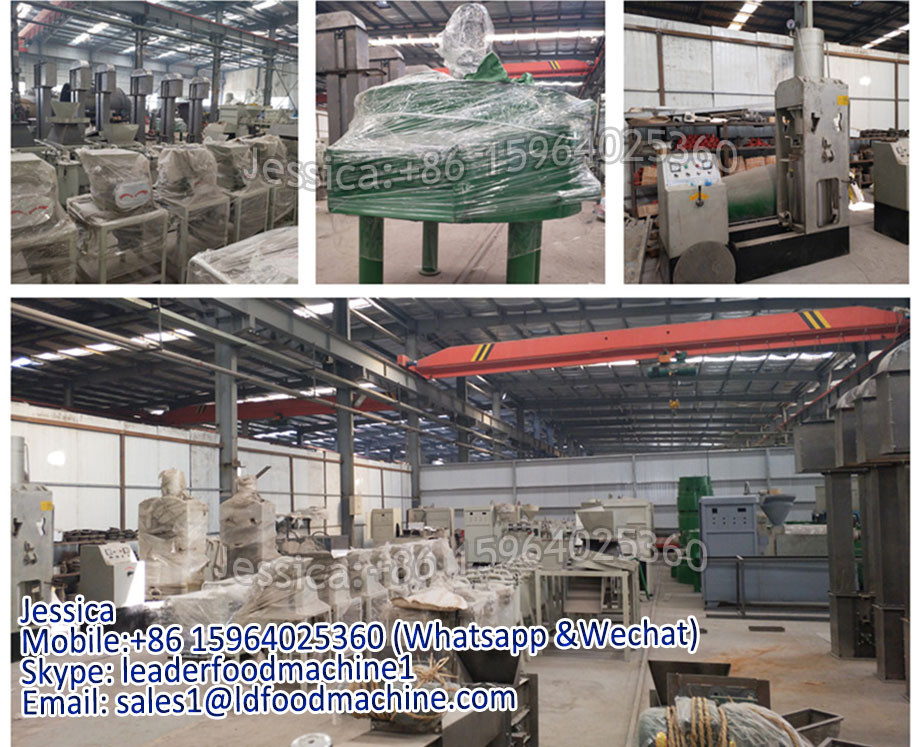
Extrusion section
Process feature:
Pretreatment process feature:
1) Different combinations of process can process various oil plants in one workshop.
2) Use special intensified pretreatment technology for aroma peanut oil to make it more aroma.
3) Adopt advanced and reliable shelling technology to meet higher requirements for protein content in meal.
4) Extrusion treatment is used for raw materials with hard extraction, large-sized powder, and large capacity, which can reduce residual oil and solvent consumption, and increase the capacity by 50-80%.
5) The new technology of shelling and low-temperature treatment can ensure high protein and least denaturation.
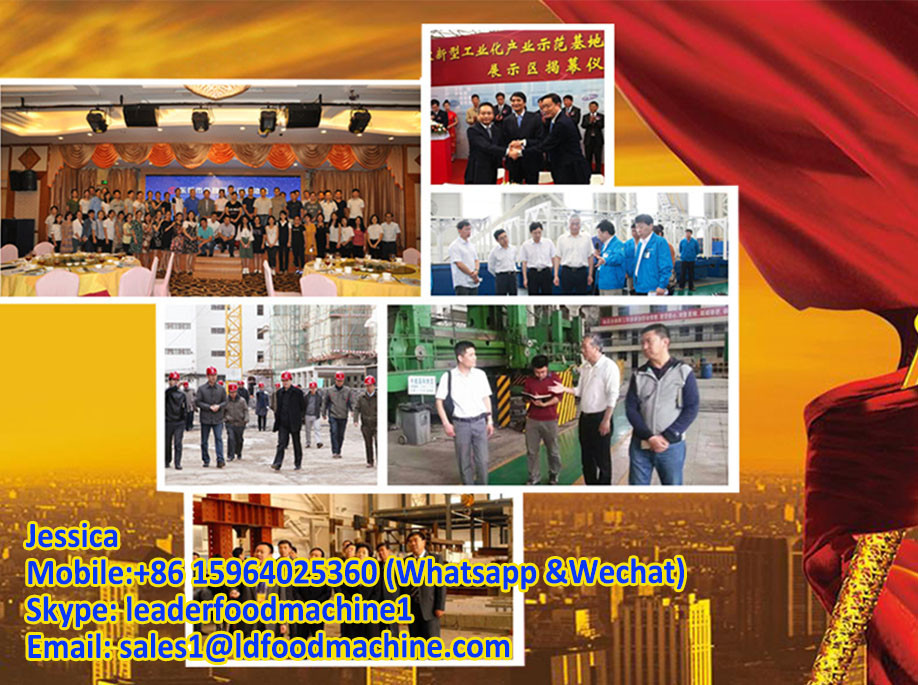
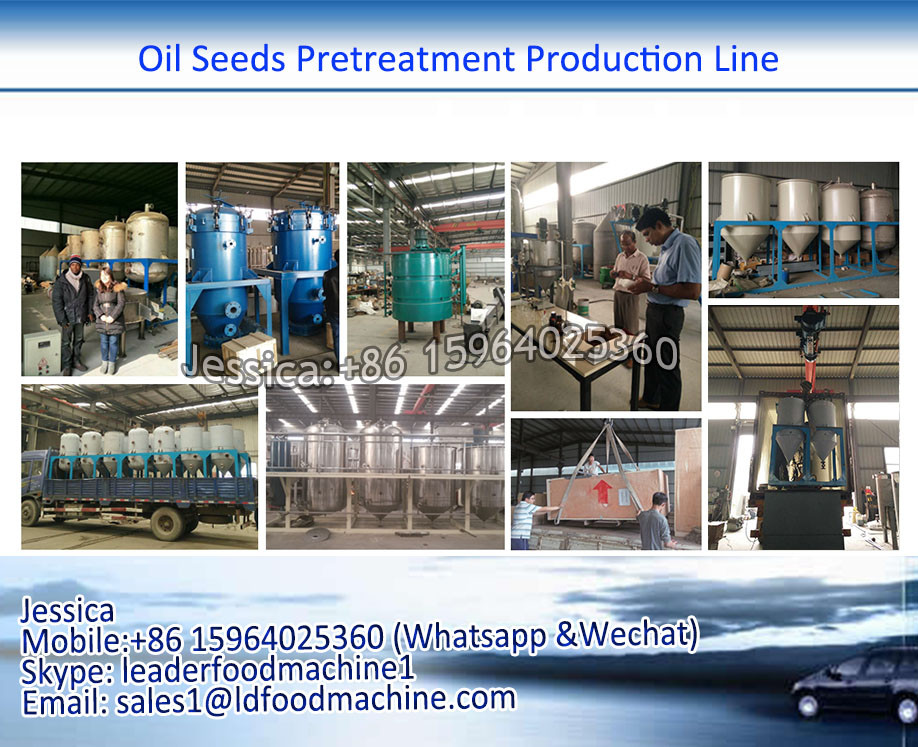
1:scraper conveyer 2:separetor 3:Tripper 4:Fan 5:Conditioner 6: scraper conveyer 7:Extruder 8:Cooling conveyer 9:Fan 10:Points of cylinder
2.Extraction flow chart
Material embryos→Extraction→Wet meal→Desolventizer→Cooling→Product meal packing
↓
Mixed oil→Filter→Negative pressure evaporation → Crude oil
↓
Solvent recovery
Main economic and technical parameters:
500T/D Solvent Extraction Plant | |||
1 |
Residual oil in meal |
≤ 1% |
|
2 |
Solvent consumption |
≤ 1.5Kg/T (N-hexane) |
|
3 |
Crude oil moisture and volatile matter |
≤ 0.30% |
|
4 |
Power consumption |
Installed capacity:320KW |
|
5 |
Steam consumption |
≤ 280Kg/T (0.8MPa) |
|
6 |
Water consumption |
0.3t/T soybean cake |
|
7 |
Finished meal moisture |
≤ 10-13% (adjustable) |
|
8 |
Urease activity |
0.05-0.25 |
|
9 |
Residual solvent in finished meal |
≤ 100PPM (qualified detonated experiment) |
|
10 |
Mechanical impurity |
≤ 0.20% |
|

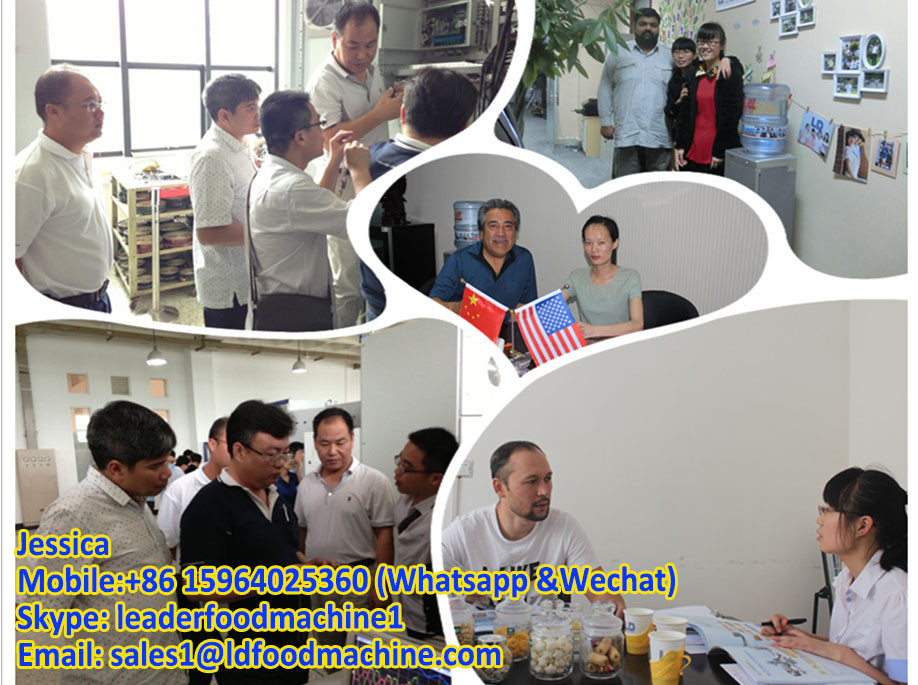
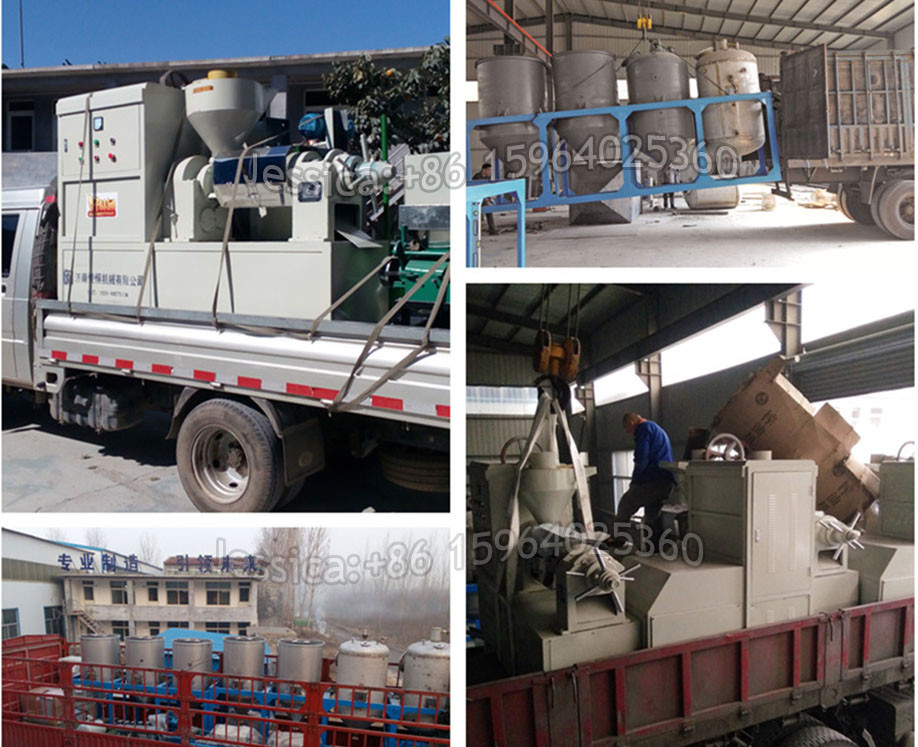
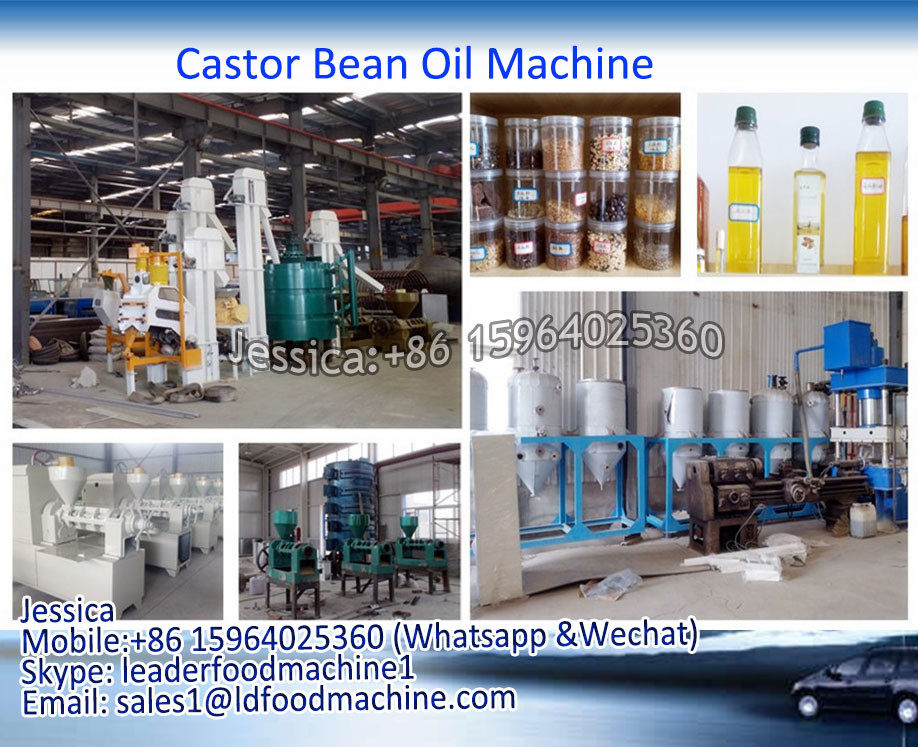
3.Refining

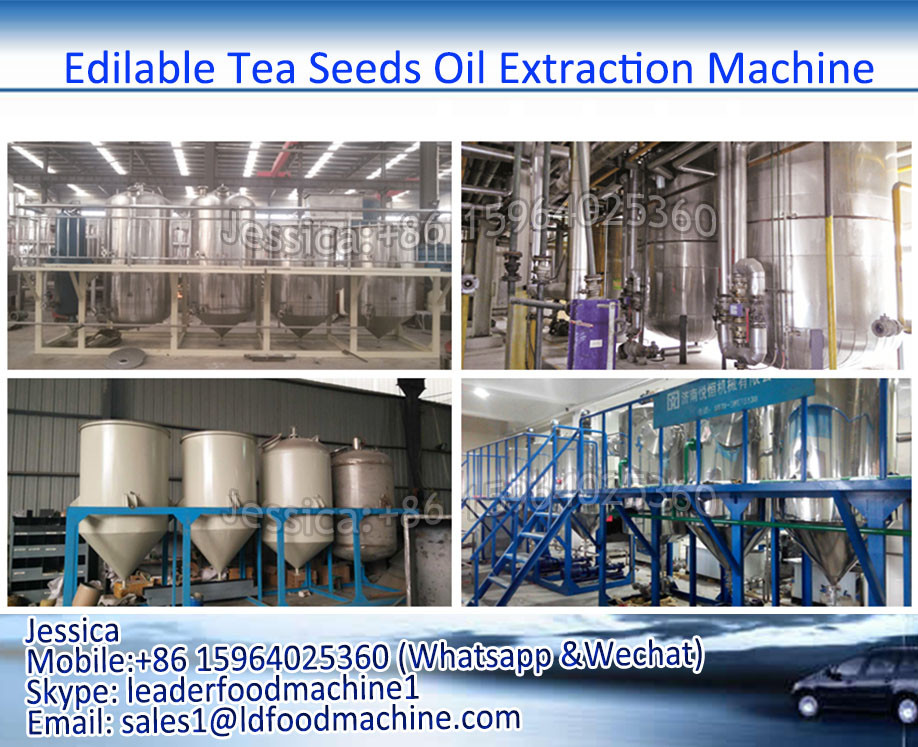
Rice bran oil dewaxing process flow diagram

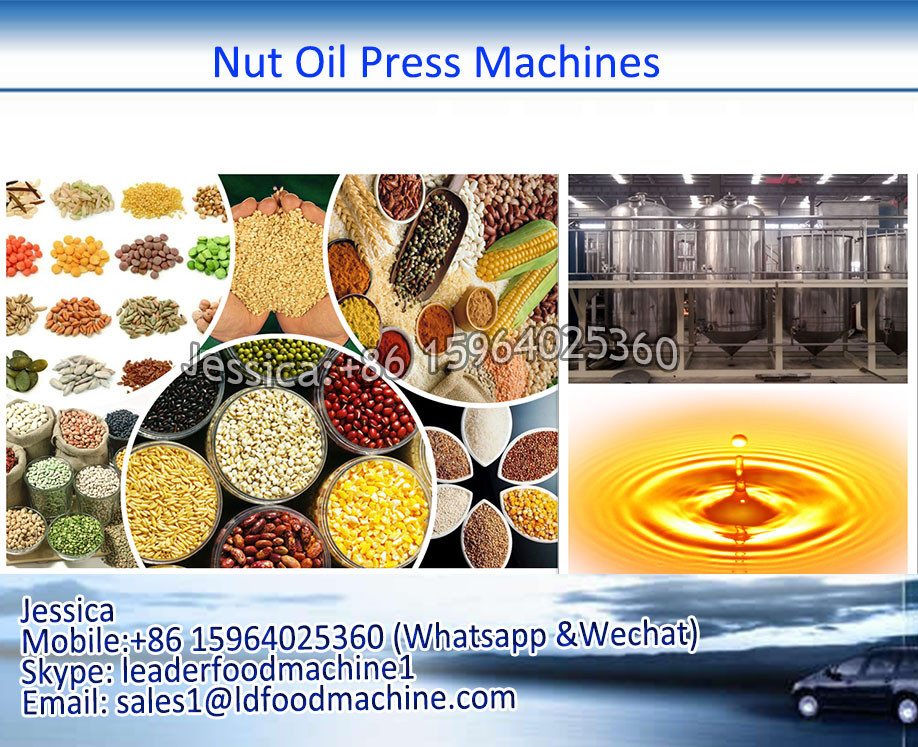
1:Heat exchanger 2:Cooler 3:Crystallization 4: Quantitative installation 5: Precoat tank 6:Heater 7:Filter press 8:Turbid oil tank 9:Oil storage tank 10:Heater 11: refrigerating set 12: gasholder 13:Air compressor 14:Fine filter
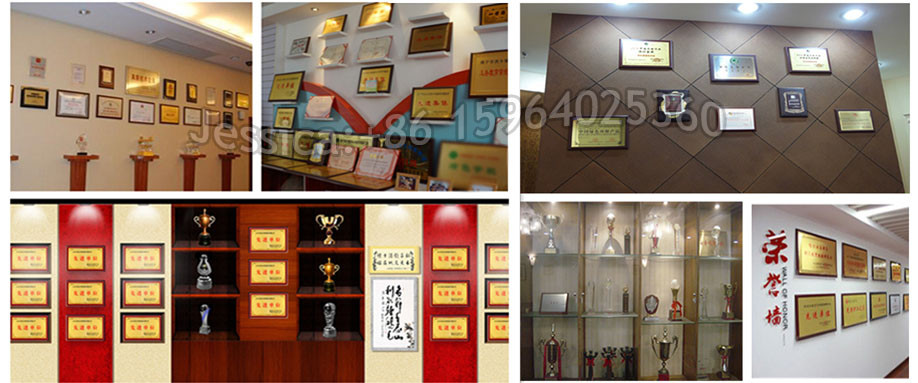

Oil Refining Workshop Exterior


Part of DeodorizationTower
Technical Advantages
1: Floury product separation can improve the quality of raw materials
2: Extrusion is benificial to solvent extraction, and can save energy, save cost.
3: Physical refining Deacidfication and deodorization can improve the rate of refined oil and gain mixed fatty acid.
4: Dewaxing and Degrease at the same time, which can guarantee the quality of the oil.
Process characteristics of 3T/D edible oil refining equipment.
Process description:
The whole process of intermittent refining:
Oil inlet→heating up→deacidification→dealkalizing→washing 2-3 times→dry dehydration. The total time is about 24 hours.
According to the difference of alkali thickness and oil temperature, the process of dealkalizing is divided into two types, one is low temperature with thick alkali (its initial temperature is 20 ~ 30 ℃, alkali thickness is 20 ~ 30 Be) and another one is high temperature with light alkali (its initial temperature is 75 ℃, alkali thickness is 10 to 16 Be). The former is generally applied and the latter is mainly used for crude oil which has low acid value, light clour and lustre, and less impurity.
I. Low temperature with thick alkali:
Adjust the oil temperature to 20~30℃, then put in 20~30Be alkali liquor in 5~10 minutes, and stir it about 20~60 minutes on condition of 60r/m. Increasing the temperature slowly when notice the separate of neatsoap after reacted, 1℃ per minute, when it reach 60℃, stop stiring, keep still and make soap feet settlement, it will takes nearly 6~8 hours, then let out the soapstock.
Ⅱ. High temperature light alkali operation:
Firstly,determine the alkali thickness in accordance with the alkali value of crude oil(according to the table below), account the alkali and water added in, when the alkali value is under 5, for each unit acid value, the total water added into per ton oil is 23 kg. When the alkali value is over 5, no more than 12% of the oil heavy, the exceeded alkali is only 0.005~0.002%.
Crude oil alkali value |
|
3~5 |
5~7 |
7~10 |
>10 |
Alkali thickness Be |
10 |
11 |
12 |
14 |
16 |
When operating, first mix the crude oil, heat the temperature to be 70 ~ 75 ℃ diluted saline or phosphoric acid (concentration 90%) , when particles appear, add alkali, then continue to stir for 40 ~ 50 minutes and heat up to be 90 ~ 95 ℃ until soap grain obviously separated, and put into nigre after 2 ~ 3 hours' static.
Ⅲ. Washing:
After releasing the nigre, grease heated up to boom 90℃, then add in the hot water for washing, stirring. Water temperature should be about 5 ~ 10 ℃ higher than the oil temperature, for low water temperature tends to emulsification. After adding the water, continue to stir for 5 minutes, then rest 4 hours for precipitation, and release the soap water, wash 2 ~ 3 times depending on the oil quality and decide. Washed oil slowly heated up to 105℃, stirred dehydration for 1 hour, washed oil can also direct inhaled decoloring pot and vacuum drying 30 minutes.
Method of operate for descoloring
1 start the vacuum pump,vacuum degree ≥700mmHg
First, after washing of alkali refining inhaled decoloring pot, stirring, at the same time warming up to 90 ℃, and stir another 30 minutes, decrease moisture below 0.1%, then inhale a few decoloring agents "white earth, activated carbon >, the quantity depends on the oil color, generally, oil amount 2 ~ 4%, stirring 30 minutes, cooled to 70 ℃, use compressed air pressure to filter oil machines to separate the white earth and oil, then get decoloring oil.
Method of operate for deodorizating
l By vacuum pump oil bleaching inhaled deodorization pot, up to 755 mmHg in vacuum degree , begin distillation and deodorization timing;
l Deodorizating time : 4 Hours
l Deodorization temperature: 240℃/755mmHg~260℃/759mmHg
l Deodorization vacuum degree: above 755mmHg
l There is steam distillation during the whole timing process.
l After deodorization, shut off the direct steam in vacuum condition , close conduction oil,open the valve for cooling water.,until the oil temperature nearly 40~80 ℃,shut off the vacuum pump valve,make test of the oil sample,if it is passed inspection,packing and finish all the manufacturing of edible oil.
Characteristics
l Both short mixed and long mixed process are adapted in washing sector, which ensures washing effectiveness.
l Equipped with vertical leaf filter to remove used bentonite from the oil, operating conveniently and continuously, low laboring tense, keeps environment well, keeps oil residence in deposable bleaching earth in low level.
l Due to accurate stirring method, decreased the maximum distance between the oil of cooling facet so as to ensure the same temperature of crystal with same quality. Better guaranteed that in the process of crystallization, crystal will not cluster in a intense area.
l Flexible system, cooling curve can be easily altered by changing water temperature, thus the kinds of products can be changed easily.
The main economic technical parameters:
Capacity T/D |
3T/D |
Steam consumption |
900KG/T oil |
Electric consumption: |
28Kwh/T oil |
Water(soften water) |
150Kg/T oil |
Phosphoric acid |
2~3 kg/T oil |
Alkali |
Acid valuex1-3kg/T oil |
Circulating water cooling water yield |
150M3/H |
Bleaching earth consumption |
3-5Kg/toil |
Waste bleaching earth oil content |
|
Refining losses |
Acid valuex1.2(chemical refining) |
acid valuex |
0.6(physics refining) |
Bleaching losses |
The quantity of bleaching earth×0.25% |
Deodorization loss consumption |
≤0.5% |
Refining rate |
1-refining consumption % |
Workshop
Customer visiting


Approvals


Laboratory


Workshop



 Our Services
Our ServicesPre-sale
System evaluation: 1)Project basic situation
Solution: 1)The investment budget. 2)Feasibility, rationality
Product selection: 1)Factory inspection. 2)Site measurement. 3)Technical discussion. 4)Supply professional drawing and lists.
Win--win coopration: 1)Sign the contract. 2) Establish mutual benefit, strategic cooprative partnership.
In-sale
Design evaluation:1) Detailed technical assessment, arrangement. 2)Design of process and equipment layout.
Procurement: Strictly inspection, optimized selection.
Installation: 1)Quality and quantity guaranteed. 2)Completion of hand over.
Acceptance:1)Acceptance test. 2)Accepted deliverable
Technical training: 1)On-site installation and products training. 2) Operation skills training. 3) Maintenance training. 4) Centralized technical training
After-sale
Technical service: Long time technical service
Accessories supplying: Supplying spare parts with cost price.
Feel free contact me to get more information

